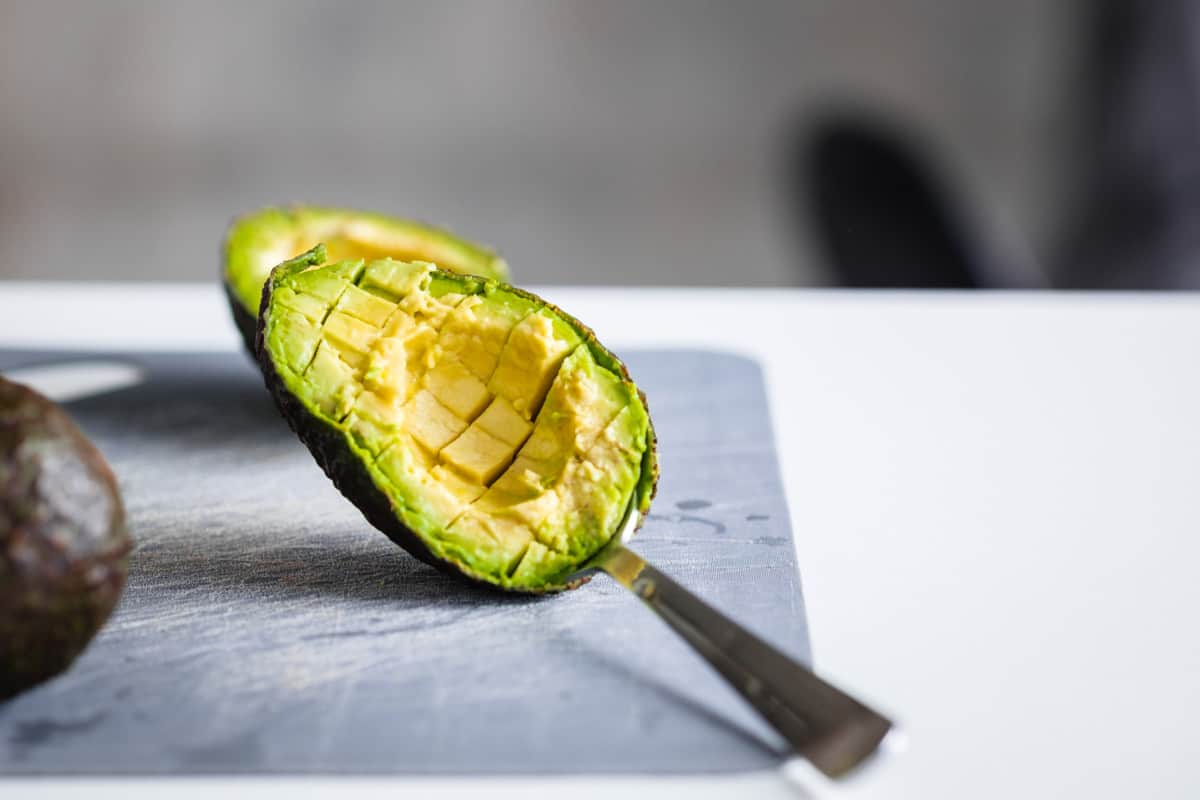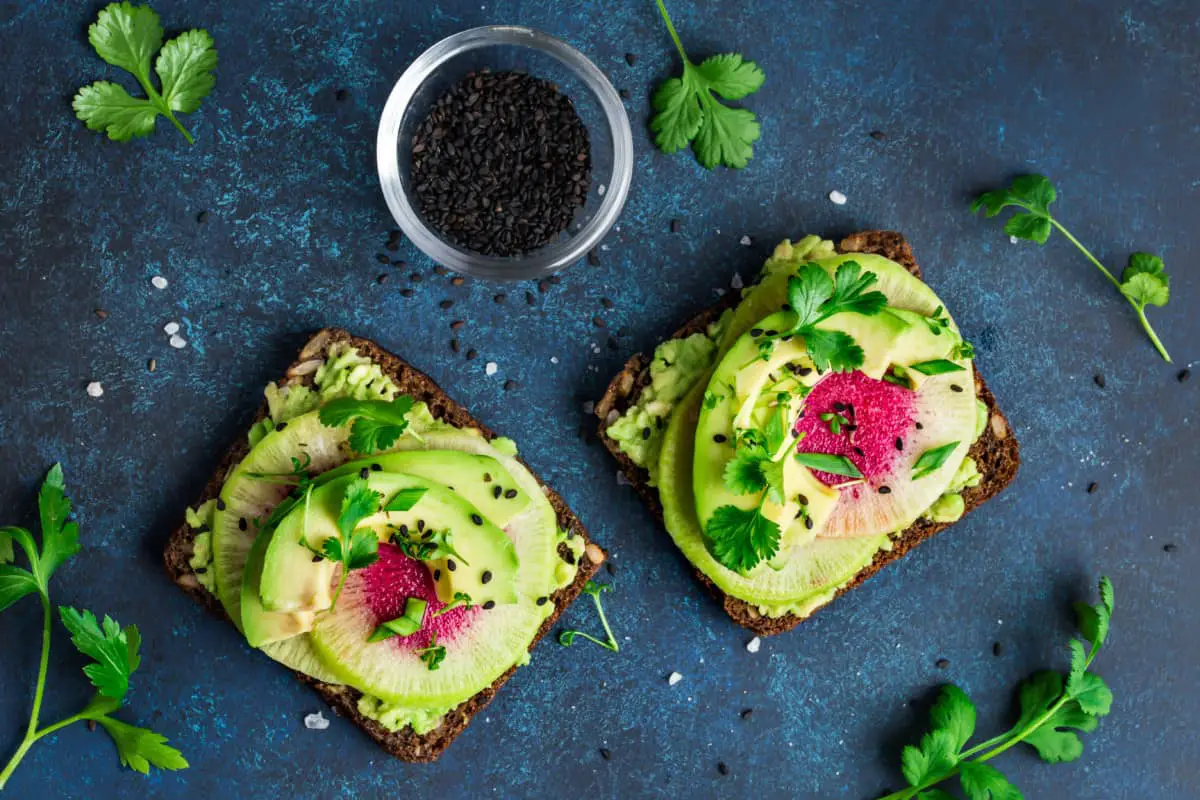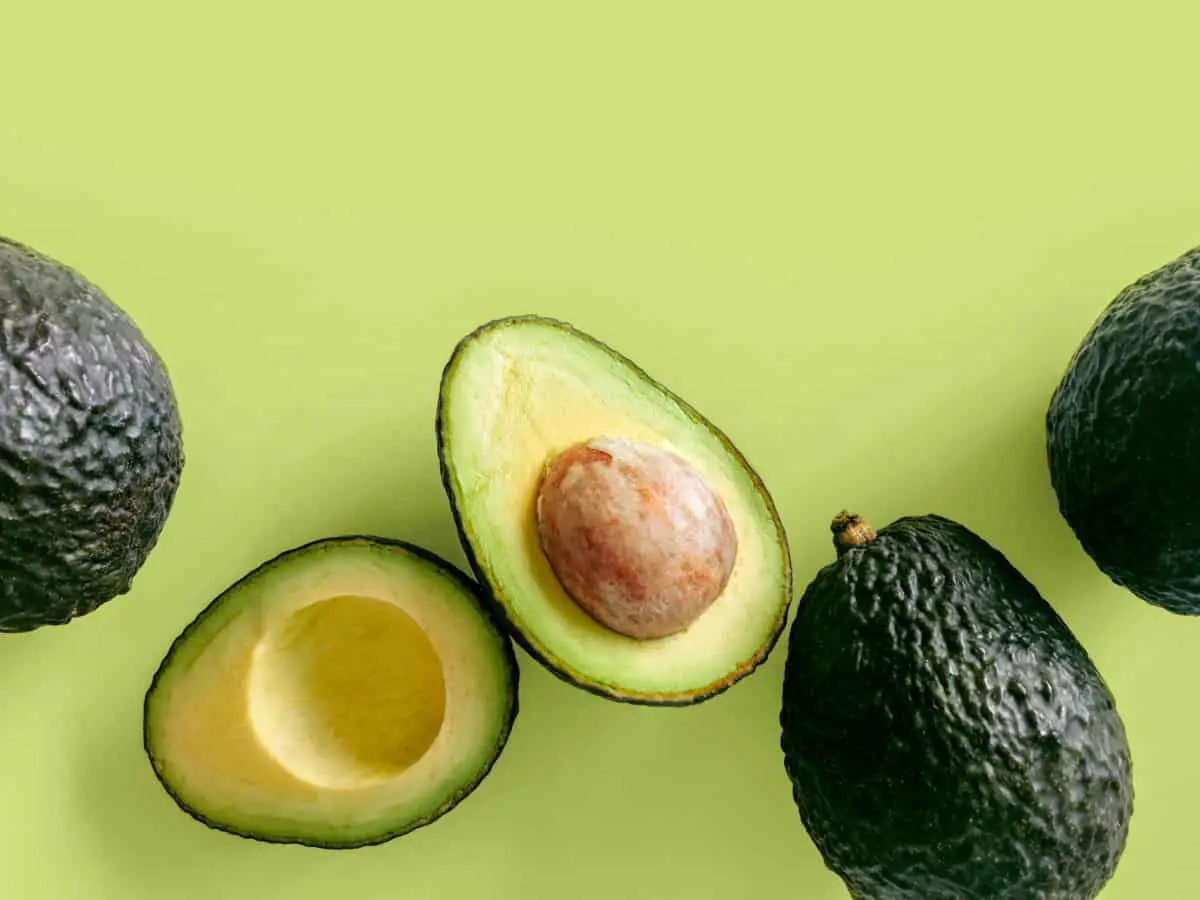Tell me if this story sounds familiar: you are craving a creamy avocado and decide you want to add one to your salad or sandwich. You grab one from your refrigerator and it feels more like an oblong softball than an avocado. Nothing is more frustrating than avocados that are not ripe and ready to eat when you want to eat it. Yet somehow, restaurants always seem to have avocados ripe and ready to go. What is their secret?
How do restaurants always have fresh avocados? Restaurants always have fresh avocados thanks to a combination of smart inventory management and frequent deliveries of new avocados.
While it might seem on the surface like always having ripe avocados in a restaurant happens with ease, the process is not as simple as just having great vendors (though that is a big part of it, as mentioned above). The other parts of the process, including inventory management and proper rotation, are discussed in more detail below in addition to the easiest way to cut an avocado. Continue on to the end of this article for some awesome hacks to help an avocado ripen quickly!
How Can You Tell if an Avocado is Ripe?
To determine if an avocado is ripe, go by feel and not color. A mushy avocado indicates over-ripening. If it feels hard and has no give, it is not yet ripe. If the avocado has some give but is not mushy, then bingo! You have a ripe avocado! Another trick is to push the stem into the avocado. If it goes in easily, the avocado is ripe and ready to eat!
A Great Vendor & Inventory Management
Finding a great produce vendor in your area is of paramount importance to your operations. Ideally, your vendor will deliver to you 3-4 times a week so that you always have fresh product available. To find out who the best produce vendors in your area are, start by asking some local restaurants who they recommend, who they don’t recommend, and who they use currently.
Remember, when it comes to sourcing products, price is NOT the most important factor. Finding a vendor that is reputable and has great food safety is more important than anything else.
Be sure to fully vet them before you commit. This should, at a minimum, include a tour of their facility that includes showing you their HACCP plan, food safety program, and food defense plan. Don’t be the restaurant that gets their product from a roadside stand because they give you a great discount. That is a great way to ruin your business and your credibility by getting someone sick!
Because of the variability in avocado ripeness, I always order with an 80% buffer. For example, if I am ordering for two days of service, and I expect to sell 25 avocados total over those two days, I would aim to order 45 (25 * 80%). Since you order by the case, round up to the nearest case. That variability in ripeness is what you experience when picking avocados at your local grocery store.
Avocados that were harvested at the same time do not always ripen at the same time so the 80% buffer allows me to pick and choose what avocados I serve to my guests. When you receive your product, a great best practice is to mark the date received on the outside of the box. Rotate the box so that the older product is on top and will be used first.
When it comes to perishable product always practice FIFO, which stands for First In, First Out.
Inventory management of avocados also includes a regular reanalysis of your stock levels to ensure you have a strong buffer, but not so much so that you risk product not being at its freshest for your customers. If you find that you are cutting it close on your supply, you need to raise your ordering levels. If you find that you are keeping avocados on hand for 4 or more days before use, you need to lower your ordering levels.

How to Cut an Avocado to Add to a Salad or Sandwich

To cut an avocado into bite-sized chunks that are perfect to add to your salad or sandwich, follow these simple instructions!
- Wash the outside of the avocado. Remove the stem so that it does not accidentally end up in your final product!
- Using a sharp knife, cut into the top of the avocado (by where the stem was) down to the pit. With the knife resting gently against the pit, slowly rotate the avocado around the blade of the knife. Place the knife to the side until later.
- Hold the avocado so that each hand is gripping a separate half. Twist the avocado in opposite directions to separate the two halves.
- Use a butter knife to score the avocado into slices. I aim for 10-15 scores. Do this to both halves
- Cut each half in half again lengthwise, giving you 4 pieces of avocado.
- Use a spoon to scoop out the avocado from the skin and boom! Perfectly sliced avocado!
Tricks to Ripen an Avocado Quickly
A brown paper bag is one of the most common ways to get an avocado to ripen quickly. Place a few avocados in a bag and store it at room temperature. To make this go even quicker, add a tomato to the bag. The ethylene in the tomato will accelerate the ripening process.
I have seen people try to ripen avocados in the microwave or in an oven. Do not do this! Yes, it will make them softer…but that does not mean they are ripe and ready for consumption! All this does is ruin your product. It is absolutely not something you should ever serve to a customer.
Should I Carry Avocados in My Restaurant?
The type of restaurant you have and the type of cuisine you serve are key factors in answering this question. With that said, avocados have become a very trendy product that people have quickly learned is a great source of protein and healthy fats and serves as a fantastic twist in many dishes.

In my opinion, if you serve breakfast or lunch of any kind, avocados are a must! Use them as a key ingredient in a signature salad or sandwich and your customers will rave about it! For breakfast, avocados make a great spread on toast while also balancing protein and carbs within the meal.
I have also used avocado (mixed with some lime juice) as a mayonnaise substitute to make different types of chicken salad. This is a simple and great way to create a signature dish that customers will crave and tell their friends about!

